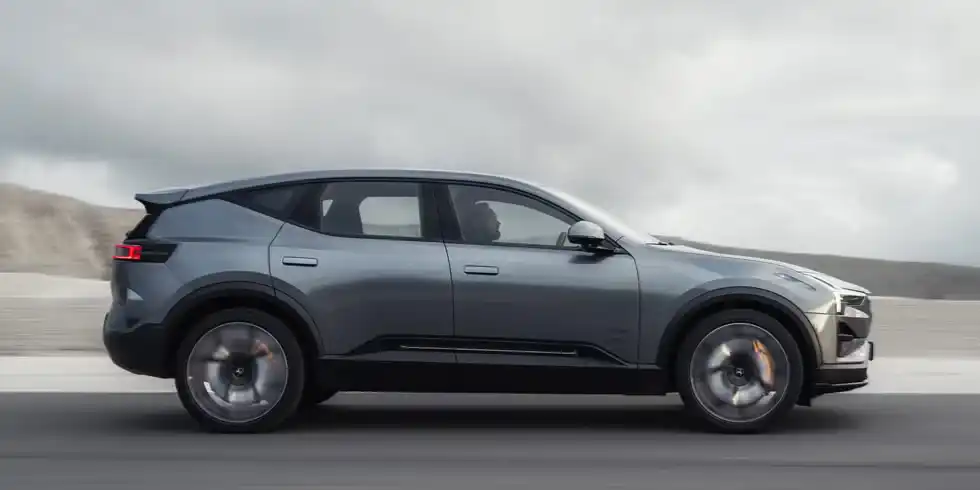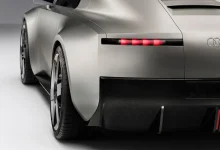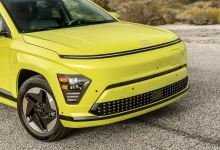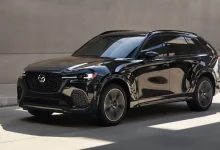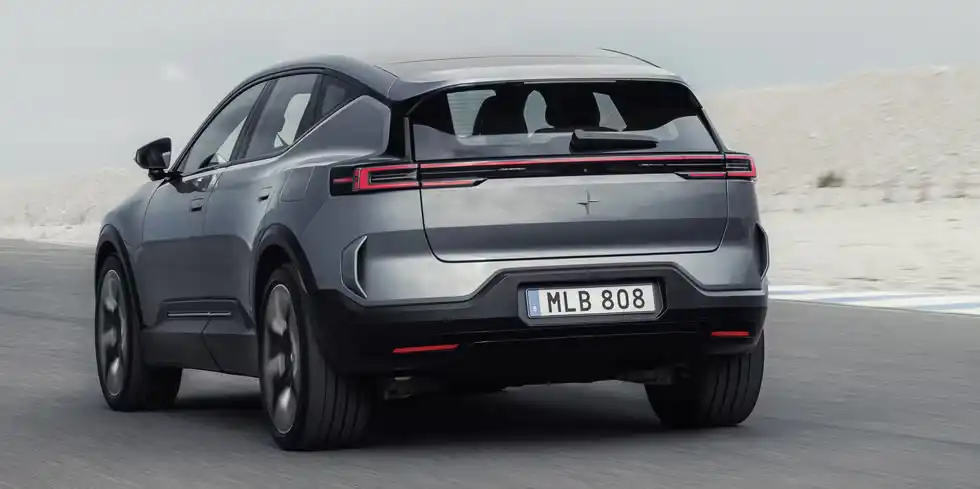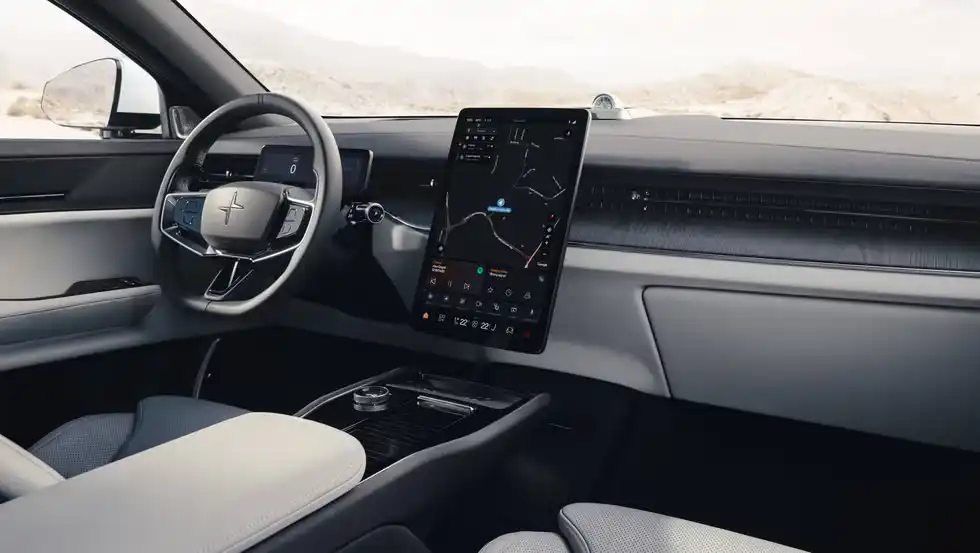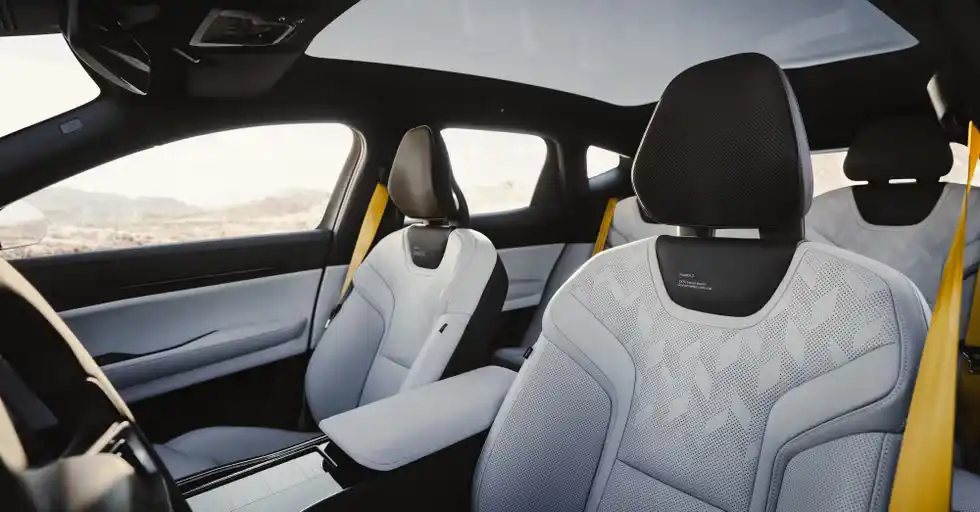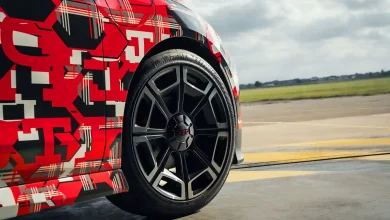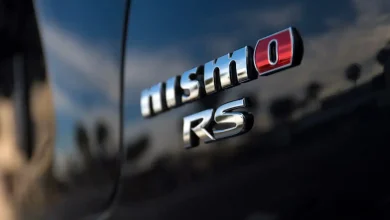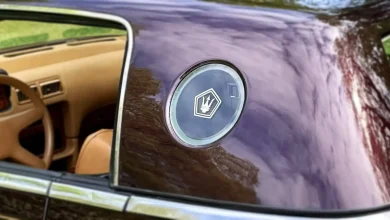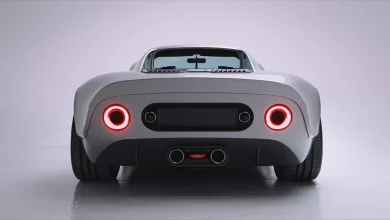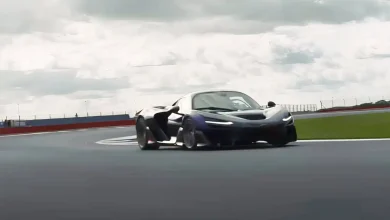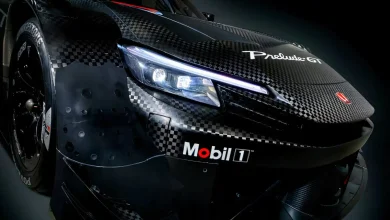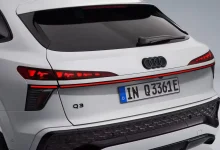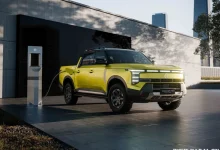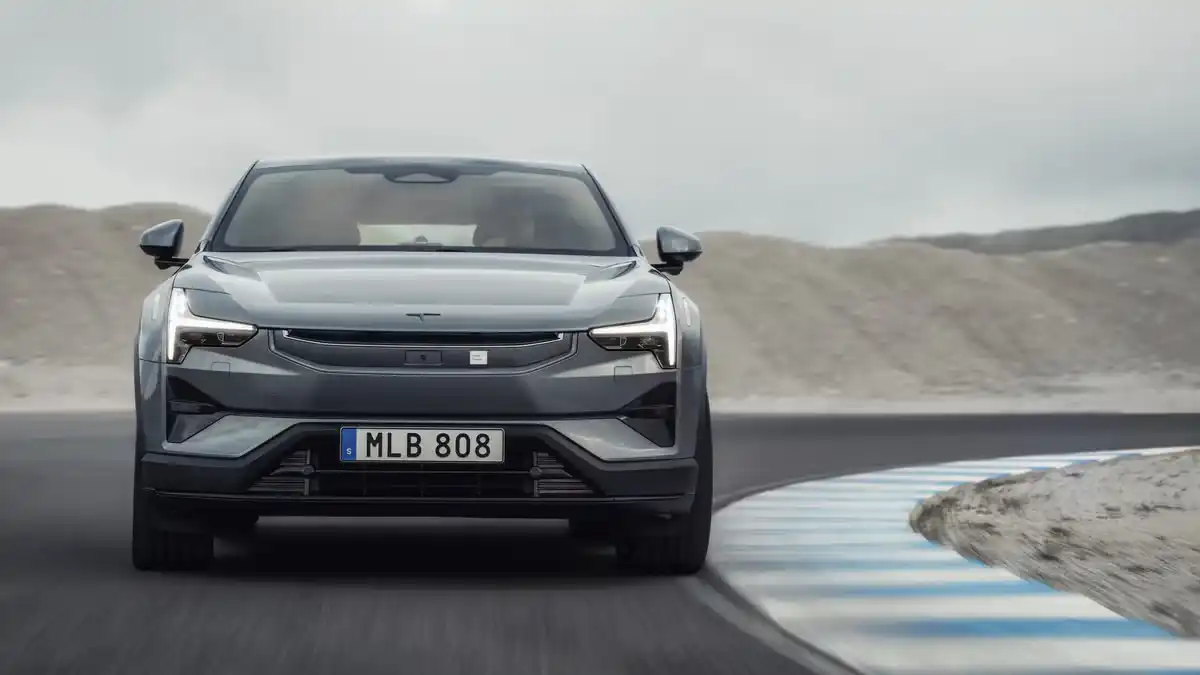
Since its promotion from Volvo’s performance division to a standalone electric vehicle brand in 2017, Polestar has faced a rocky road. The company started strong with the striking Polestar 1 PHEV and quickly followed it with the Model 3–rivaling Polestar 2. However, it then went nearly five years without launching new models, grappling with challenges such as COVID-19–related supply chain disruptions, confusing naming choices, and steep U.S. tariffs on Chinese-made vehicles—many of which came from the Geely-owned automaker’s planned lineup.
But you know what solves almost every problem in the automotive world? More power.
For the 2026 model year, Polestar has given the Polestar 3 crossover a significant under-the-skin update, introducing a new 800-volt electrical architecture. This more powerful system allows the updated SUV to charge at up to 350 kW when paired with a compatible DC fast charger. According to the company, that’s enough to take the battery from 10% to 80% in just 22 minutes—about the time it takes to watch an episode of Seinfeld.
Surprisingly, the Polestar 3’s battery size has actually decreased. The previous model carried a 111-kWh nominal (107-kWh usable) lithium-ion pack under its floorboards, but for 2026, rear-wheel-drive versions now use a 92-kWh battery, while all-wheel-drive models feature a 106-kWh pack. (It’s unclear whether these numbers refer to nominal or usable capacity, but either way, they’re smaller than before.) Despite this, range is expected to improve by roughly 6% thanks to the new electrical architecture. If accurate, Long Range RWD models could achieve around 370 miles on the EPA cycle, with AWD versions reaching approximately 295–335 miles.
Polestar has also introduced a more powerful rear motor developed in-house, boosting overall performance and giving all-wheel-drive models a more rear-biased power delivery. As a result, the top-tier Polestar 3 Performance now produces 670 horsepower—up significantly from the 517 hp of the 2025 model. The standard AWD version rises to 536 hp from 489 hp, while the base RWD model increases to 329 hp, compared with 299 hp in the previous generation.
Polestar claims that the 2026 Polestar 3 Performance can accelerate from 0 to 60 mph in 3.8 seconds—seven-tenths faster than the previous model. However, given that Car and Driver recorded a 3.9-second 0–60 run with a 510-hp AWD Launch Edition, it seems likely that Polestar’s estimates may be slightly conservative.
The 2026 refresh upgrades both brawn and brains, as the 2026 Polestar 3 also receives a more powerful computing system. The new Nvidia Drive AGX Orin processor delivers an eightfold increase in computing power over the previous model, with Polestar claiming it boosts performance from 30 to 254 trillion operations per second. (Tech-savvy readers are welcome to weigh in on just how impressive that figure really is.)
On the outside, the 2026 updates are nearly invisible—which is fine, since the 2026 Polestar 3 is already one of the better-looking crossovers on the market. The previous gray shade, Thunder, has been replaced by a new Storm color, hinting that the design team may have shifted allegiances from Avengers to X-Men. Meanwhile, the make-and-model lettering on the doors has been enlarged and now includes the trim level. Inside, the previously optional charcoal-colored “Bio-attributed MicroTech” upholstery—a premium synthetic leather—becomes standard, replacing the “Bio-attributed WeaveTech” synthetic fabric.
Pricing and U.S. availability remain uncertain for now, with Polestar stating that the 2026 Polestar 3 will initially be prioritized for the U.K., where demand is high. That said, since the Polestar 3 is now the brand’s only model offered in the U.S. and is built at Volvo’s South Carolina plant, it’s likely to arrive here sooner rather than later. Considering the company reportedly sold just 375 units in the U.S. last month—a 66% year-over-year decline—even amid a nationwide rush for EVs before the federal tax credit expired, we wouldn’t be surprised if Polestar launches attractive deals to clear out 2025 models before the 2026 edition hits showrooms.
